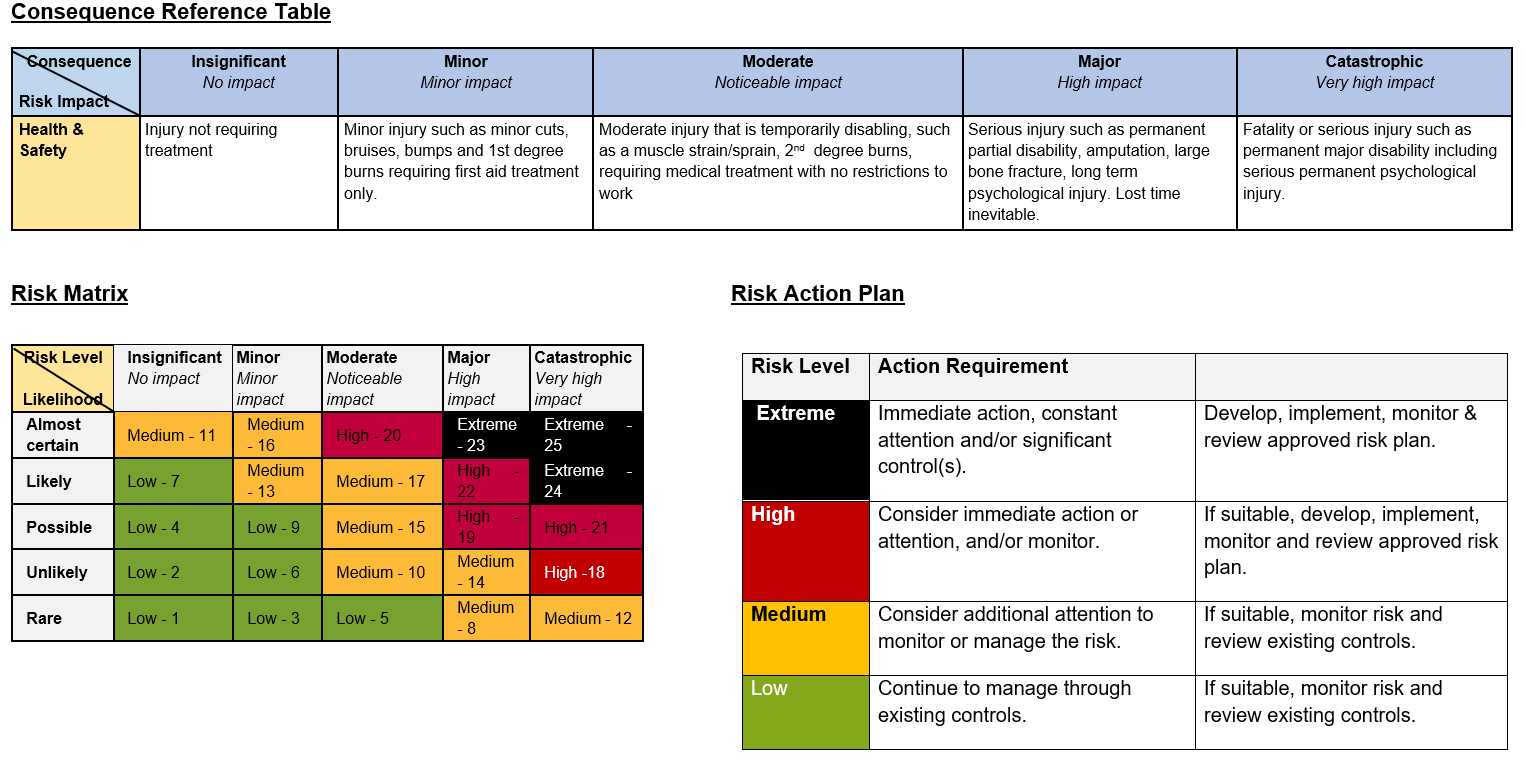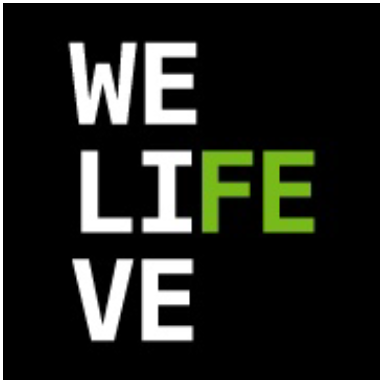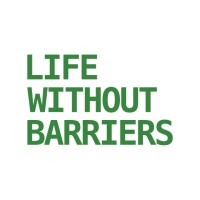Title Page
-
Site conducted
-
Client Name
-
Services
-
Assessment Type
-
Conducted on
-
Prepared by
-
Address
PART 1: PRE - VISIT ASSESSMENT (Phone)
-
And/or domestic cleaning This form is to assist in the identification and management of hazards, which may be present when attending a client’s home or transporting a client.
A hazard is defined as ‘anything with the potential to cause harm’.
The form is to be completed prior to commencing and reviewed annually or when there is a significant change (such as home renovations, bathroom modifications, storms or floods).
A copy of this form is to be saved against the client’s record (under documents) in TRACCS. This includes any correspondence relating to the implementation and evaluation of control measures. -
• Complete prior to delivering services to determine if hazard controls are required before to commencing services.
• Determine if a Client Personal Emergency Evacuation Plan and or Client Emergency Response Plan is required. -
1. LWB actively works to identify and address hazards to ensure the safety of our clients and staff. Are there any hazards our staff need to be aware of BEFORE coming to your home e.g. property access, parking, unrestrained animals, or any other safety concerns?
-
If YES, ensure all hazards are promptly assessed with suitable control measures prior to commencing Part 2.
-
LWB’s Community Support services play a critical role keeping our clients safe. It is vital that LWB is well prepared and able to respond to a range of significant events that may interrupt delivery of services. This includes evacuation from client’s home (if need arises during delivery of LWB services) and planning for natural disasters or other emergency events.
-
2. Would client require assistance from LWB staff member to safely exit their home in the unlikely event they need to evacuate their home when LWB services are being delivered?
-
If Yes, review with the client and seek their consent before preparing a Personal Emergency Evacuation Plan.
-
3. Is client likely to experience any detrimental impacts to their health or wellbeing should there be an interruption to services, utility disruptions, system outages or an emergency event (extreme weather, flood, fire, bushfire or earthquake)?
-
If Yes, review with the client and seek their consent before preparing a Personal Emergency Response Plan.
PART 2: HAZARD IDENTIFICATION
-
• Complete prior to delivering services. Brokerage Organisations must complete their own Safety Assessment (as per Brokerage Agreement), and may adopt this LWB form.
• Home Maintenance services requires completion of Sections 1, 2, & 8 ONLY before finalising Part 2.
PART 2: HAZARD IDENTIFICATION
• Complete prior to delivering services. Brokerage Organisations must complete their own Safety Assessment (as per Brokerage Agreement), and may adopt this LWB form.
• Home Maintenance services requires completion of Sections 1, 2, & 8 ONLY before finalising Part 2.
• ALL other services require Sections 1-8 to be completed before finalising Part 2.
If response is in shaded ORANGE area, a hazard exists; each hazard must be transferred to Part 3 for Assessment!
Section 1: Behaviour / Other Hazards
-
1. Has there been a history of verbal or physical aggression, bullying or violence within the client environment? If so, when was the last occurrence?
-
2. Are there any weapons in the home (swords, guns, bow and arrow (cross bow), knives (apart from knives used in a kitchen environment)?
-
3. Are there any co-residents or visitors that could impact staff physical or psychological safety?
-
4. Is there a diagnosis of cognitive impairment or dementia and if so does this impact on the client’s willingness to participate and assist in care?
-
5. Is there a potential risk of cross infection or chemical contamination, e.g. known infectious / contagious conditions, chemotherapy or cytotoxic medications?
-
6. Is there potential for visitors to visit during Care Services that could impact on staff safety?
-
7. Are there client, co-residents or visitors who smoke inside the home? Note: if “yes”, advise the client they must refrain from smoking whilst the staff member is present.
Section 2: Accessibility / Animal Hazards
-
1. Is the driveway, parking and pathway from vehicle to house safe? E.g. consider surface type / gradient and width of driveway, parking accessibility / proximity to other moving vehicles, lighting (especially for services after dark), overgrown trees/grass, consider other trip, slip and fall hazards.
-
2. External stairs, veranda, balcony and decks safe and in good repair (e.g. handrails available, no broken steps, boards or structure)?
-
3. Pets or animals onsite suitably restrained and / or non-threatening? Consider if trip hazard also.
-
4. The means of entry and exit to premises are accessible and free from obstruction? i.e. doors are easy to open / close.
-
5. Is the backyard free of obstructions that may cause trips, slips or falls including path from back door to clothes line, rubbish bins? e.g. – overgrown trees, grass and unrestrained animals/livestock?
Section 3: Internal Premises Hazards
-
1. Are internal walkways and doorways clear from obstruction and tripping hazards (consider slips, trips and falls), doors easy to open and close?
-
2. Are functioning smoke detectors fitted in the house? Confirm with client they are functioning. If safe to do so (DO NOT use of chair or ladder), push the test button as an initial check.
-
3. Is the environment comfortable in relation to air temperature, humidity and air movement? i.e. no extreme humid, hot or cold conditions.
-
4. Is there adequate lighting to allow safe movement and to carry out required tasks?
Section 4: Equipment, Electrical and Chemical Hazards
-
1. Is the vacuum/carpet cleaner suitable, free of obvious damage, easy to use and accessible?
-
2. Are mop (must have method of ringing out if no bucket), bucket, broom and dustpan suitable, accessible and in good repair?
-
3. Is a laundry basket / trolley available for transfer of wet clothes to the line?
-
4. Are the iron and ironing board suitable, accessible and in good working order? E.g. Electrical cord not frayed or kinked.
-
5. Basic domestic kitchen appliances such as kettle, stove, oven, toaster or microwave ovens used for food preparation are suitable, accessible and in good repair? Note: Use of Commercial Kitchen equipment such as commercial ovens, stoves, fryers, slicers MUST be reported as a hazard.
-
6. Are power points and light switches easy to access and appear undamaged?
-
7. Are electrical cords to be used suitable, easy to access and appear undamaged?
-
8. Are cleaning products and personal protective equipment available for use for domestic tasks adhere to LWB’s approved product list? Also confirm that cleaning products are clearly labelled.
-
9. Are cleaning products and personal protective equipment available for use for domestic tasks adhere to LWB’s approved product list? Also confirm that cleaning products are clearly labelled. <br><br>Acceptable cleaning products are non-hazardous according to the criteria of Worksafe Australia. <br><br>LWB’s preferred cleaning products include White Vinegar, Ajax, Gumption, Shower Power (no trigger sprays), Earth Choice Products, Palmolive Dishwashing Liquid. <br><br>Non-acceptable cleaning products include, trigger sprays, Methylated Spirits, Corrosive acids and alkali products e.g. Sugar Soaps, Ammonia & Ammonia producing products, Sodium hypochlorite products (i.e. Bleaches e.g. Domestos), Kerosene drain cleaners e.g. Draino, Aerosol and trigger pack products.
Section 5: Manual Handling & Mobility Equipment Hazards
-
1. Does the client currently use any of the below mobility equipment? If yes, tick what equipment is in use:
- No
- ☐ Hoist
- ☐ Wheel Chair
- ☐ Scooter
- ☐ Electric Lift Chair
- ☐ Hospital Bed
- ☐ Other (specify):
-
2. Is client mobility equipment accessible, functional, in good repair with evidence that equipment has been serviced in the past 12 months? Date of Service: <br>Note: Evidence of servicing and suitable staff training for the equipment and task is required for staff to utilise each mobility and equipment item. <br>Note: Please list the date of service date for each equipment item in use.<br>
-
3. Can tasks be carried out without having to excessively manipulate, carry, move (lift, lower, push, pull), hold or restrain the client or object? This also includes assisting clients with or without mobility equipment who are awkward to move, have problems with their balance or stability.
Section 6: Client Transport Safety Hazards (Applicable to transport services ONLY)
-
1. Can equipment (e.g. wheelchair, walking frame, Oxygen cylinder and bracket) be safely transferred to and transported in vehicle? E.g. Is equipment lightweight, easily collapsible? Safely securable?
-
2. Can client safely access parked vehicle location, get in and out of the vehicle without staff member having to excessively manipulate, carry, move (lift, lower, push, pull), hold the client?
-
3. Can client be safely transported? Consider if client has history of engaging in challenging behaviour during transportation, or requires a seatbelt extension? (Include information about seat positioning for the client. E.g. if they are a child or due to challenging behaviour need to sit in a particular seat in the vehicle)
Section 7: Emergency Evacuation (STAFF ONLY)
-
1. LWB staff members can safely exit client home without any assistance? If no, consult HSE Advisor to review and for advice on next steps.
Section 8: Unidentified Hazards
-
1. Are there any other safety concerns or hazards (not already identified) that need to be reviewed before commencing services?
-
If yes, please specify:
Part 2 Finalisation:
-
Any hazards identified?
-
Yes (note the details below and contact Manager BEFORE commencing services); IMPORTANT: Include specific details about each identified hazard (i.e. likelihood and type of injury) to assist with Part 3 (Risk Assessment).
-
No (finalise form, commence services, promptly return completed form to Manager).
-
Completed By:
-
Position:
PART 3 – RISK ASSESSMENT
-
Using Risk Matrix and Risk Action Table, for more information see: http://intranet.lwb.local/su/Safety/Pages/safety-policy.aspx
ALL hazards identified in Part 2 the Risk Assessment must be assessed as follows:
• Use Risk Matrix (on the next page), to determine the Risk Rating BEFORE & AFTER control measure i.e. Low, Medium, High and Extreme;
• Use the Risk Action Table (on the next page) to determine Hazard Management Strategy i.e. actions required (appropriate control measures must be identified, implemented and evaluated to eliminate or minimise the potential risk to a tolerable level). Please attach additional sheet/s and / or photos if necessary
HAZARDS
-
Identified Hazard (include number & description)
-
Risk Rating (before control measures)
-
Hazard Management Strategy (Review HSE Master Hazard Register and include existing & new controls). Consult your LWB HSE Business Partner if you need assistance.
-
Risk Rating (after control measures)
-
Expected Completion Date
-
Action Completed By & Date
COMPLETION
-
By signing this form, you confirm that hazards were identified and assessed correctly (against Risk Matrix), and that Hazard Management Strategy (i.e. appropriate controls) have been identified and implemented to reduce the risk to an acceptable level (in accordance with the Risk Action Table).
-
Manager Name and Signature
-
Position
-
Date










